1. Introduction| Abaqus Kelvin Voigt Model (Viscoelastic) Simulation
In this example, we use the UMAT and VUMAT subroutines to simulate the behavior of viscoelastic materials with Abaqus Kelvin Voigt viscoelastic model. That is to say, the geometric model used in this study for the kelvin voigt model Abaqus simulation is a specimen under tension. The behavior of viscoelastic materials is a state between the behavior of a liquid and a solid. In other words, they behave both like liquids and solids. There are many natural and synthetic materials that are classified as viscoelastic materials; From the biological structures of the body such as skin, cartilage and tissue to concrete, foams, rubbers, and synthetic polymers. Due to these unique properties, viscoelastic materials have many applications.
In this regard, the primary goals of this study include the development and implementation of an accurate three-dimensional Abaqus kelvin voigt viscoelastic model, and the integration of viscoelastic properties into the analysis, which can improve the prediction of viscoelastic materials response under different boundary and loading conditions.
This tutorial, by customizing the UMAT and VUMAT subroutines to simulate flexible samples behavior, contributes to the advancement of viscoelastic materials design and analysis.
2. Simulation of the Abaqus kelvin voigt viscoelastic Model using UMAT and VUMAT Subroutines (PDF File)
This project, after teaching the basic fundamentals of material rheological modeling, presents a precise three-dimensional mechanical response of viscoelastic materials using Abaqus kelvin voigt viscoelastic model. We implemented this Abaqus kelvin voigt viscoelastic model with both UMAT and VUMAT subroutines for standard and explicit solvers.
2.1. Problem Description
Geometry: This example includes a Lagrangian part that is subjected to tension. To clarify, the schematic design of the part is shown in Figure 1.
The material properties used in this example are presented in an Excel file named “Material Properties”. We import these properties into the UMAT and VUMAT subroutines. That is to say, the materials used in this example are bituminous concrete (asphalt concrete) and epoxy.
We apply velocity boundary conditions to pull the upper and lower surfaces of the part, as illustrated in Figure 2.
Figure 1: The schematic design of the tensile part
Figure 2: The velocity boundary conditions
2.2. Project procedures
- Setting up the software environment and choosing Abaqus units;
- Creating the tensile part;
- Defining the material properties and creating its relevant section;
- Making an instance of the model in the Assembly module;
- Creating a non-linear “Static, General” step for doing analysis by calling the UMAT subroutine (and a non-linear “Dynamic, Explicit” for doing analysis by calling the VUMAT subroutine);
- Determining the loading and boundary conditions, etc.;
- Generating elements and assigning element types;
- Preparing the UMAT_Kelvin and VUMAT_Kelvin subroutines;
- Creating two job and calling the UMAT and VUMAT subroutines for the relevant job;
- Submitting the jobs;
- Viewing the results.
2.3. Executing Project Procedures
- Setting up the software environment
Geometry:
This example includes a Lagrangian part subjected to tension, with its schematic design shown in Figure 1.
Material Properties:
We present the material properties used in this example in an Excel file named ‘Material Properties.’ We define these properties using the ‘User Material’ option in Abaqus and then import them into the UMAT and VUMAT subroutines.
Steps:
The Analysis procedure for this example would be the non-linear “Static, General” for UMAT_Kelvin subroutine and the non-linear “Dynamic, Explicit” for VUMAT_Kelvin subroutine.
Note: see the attached files (Abaqus model and the UMAT and VUMAT subroutines) to understand the modeling.
Boundary Conditions:
The upper and lower surfaces of the part are pulled using the velocity boundary conditions, as illustrated in Figure 2 (Vy = 0.1 m/s).
Meshing:
For standard solver, the meshing operation was performed using 8-node linear brick elements with “Distortion control” (C3D8) and for explicit solver, the meshing operation was also performed using 8-node linear brick elements (C3D8).
- Preparing the subroutine
All basic concepts of the rheological modeling of materials, especially the Kelvin-Voigt viscoelastic model, are explained in detail in section “Theoretical and Base Relations”. Study this section carefully to understand the UMAT_Kelvin and VUMAT_Kelvin subroutines.
- Creating two job and calling the UMAT and VUMAT subroutines for the relevant job
- Submitting the jobs
- Guidance on how to extract the results
In video file, the process of extracting the results is shown in full details.
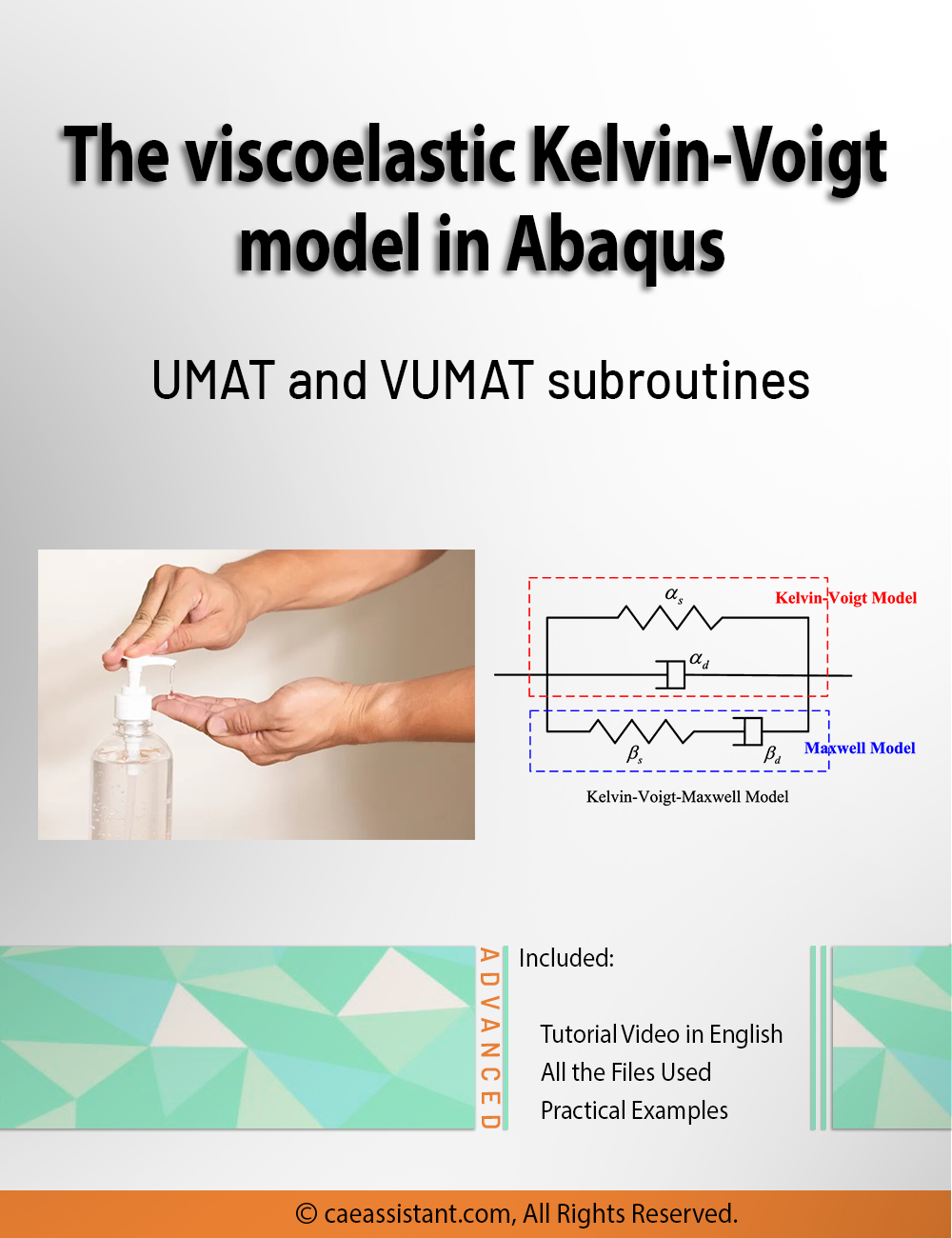
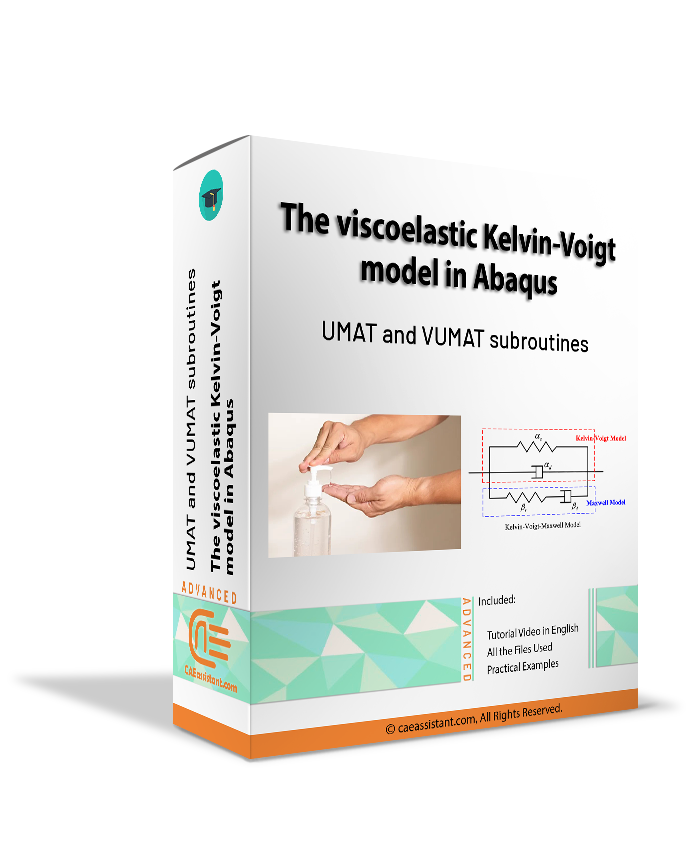
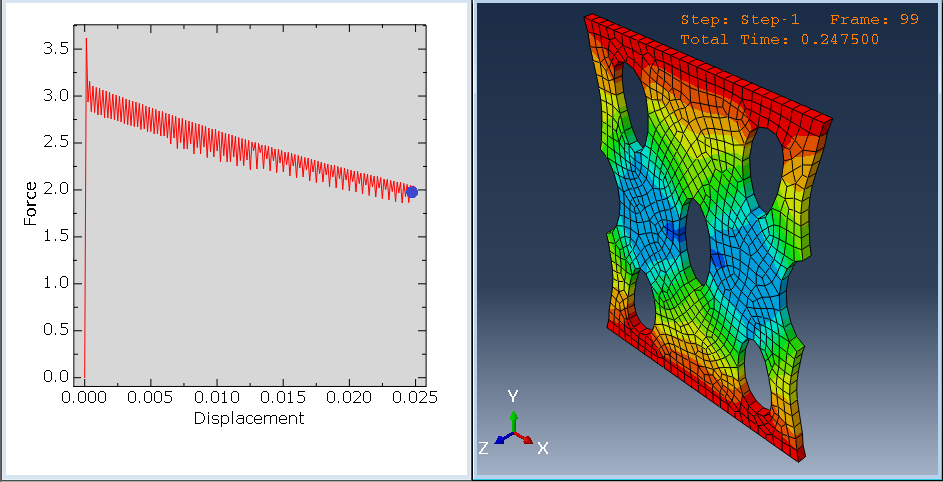

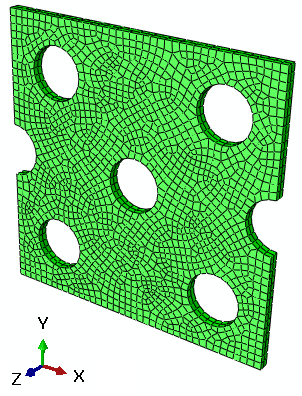
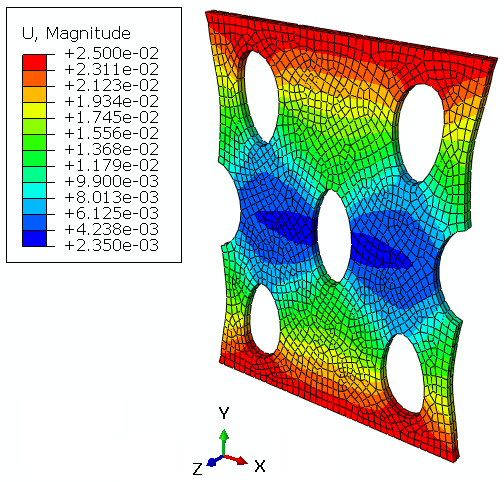
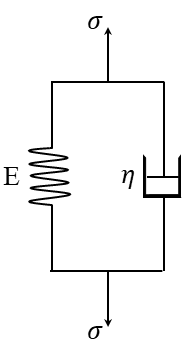
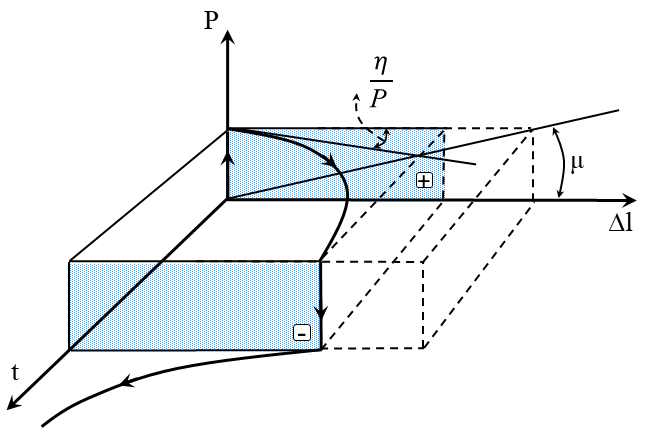
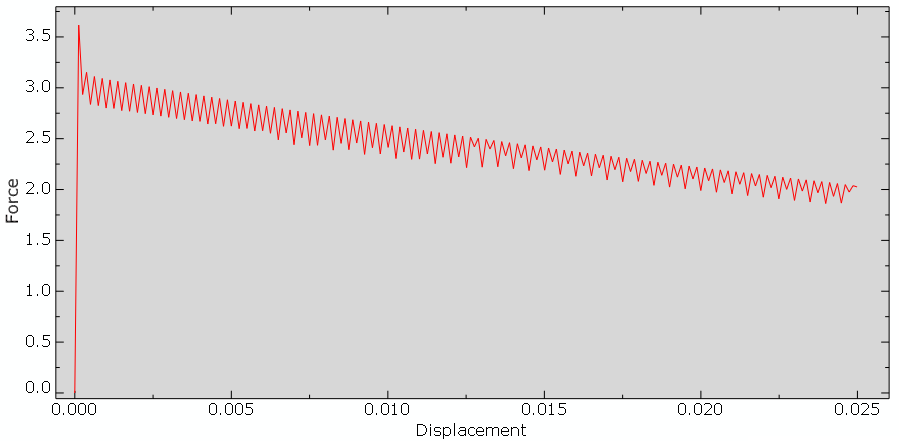
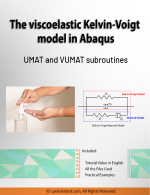
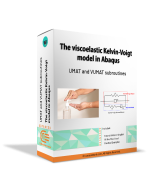

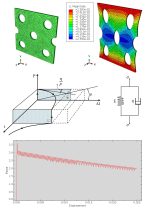
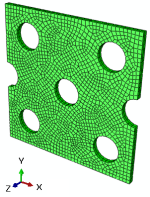
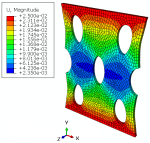
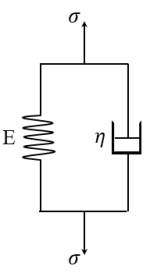
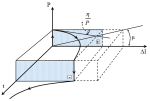


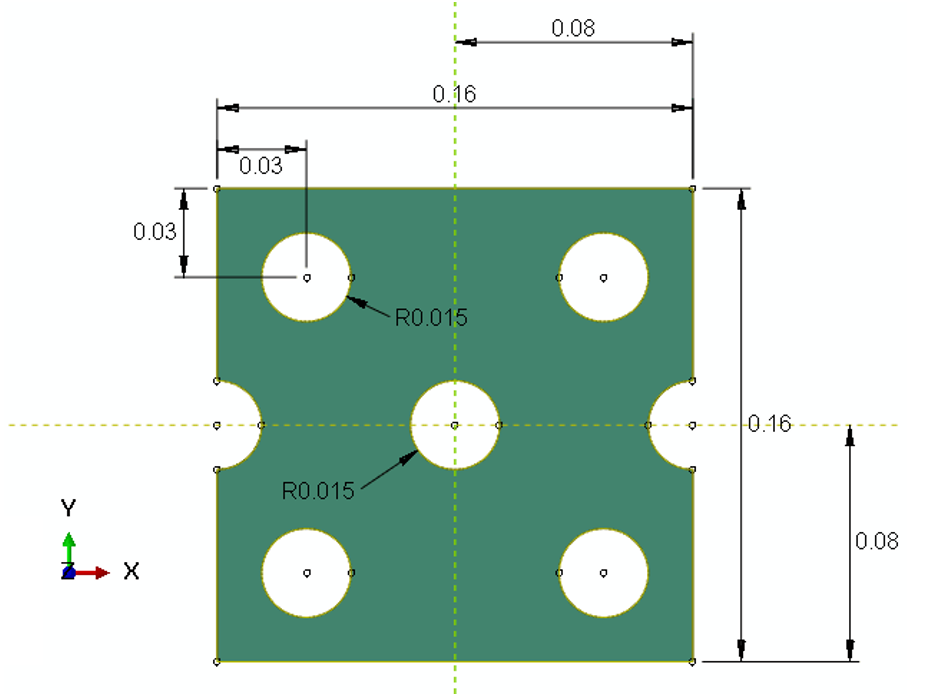
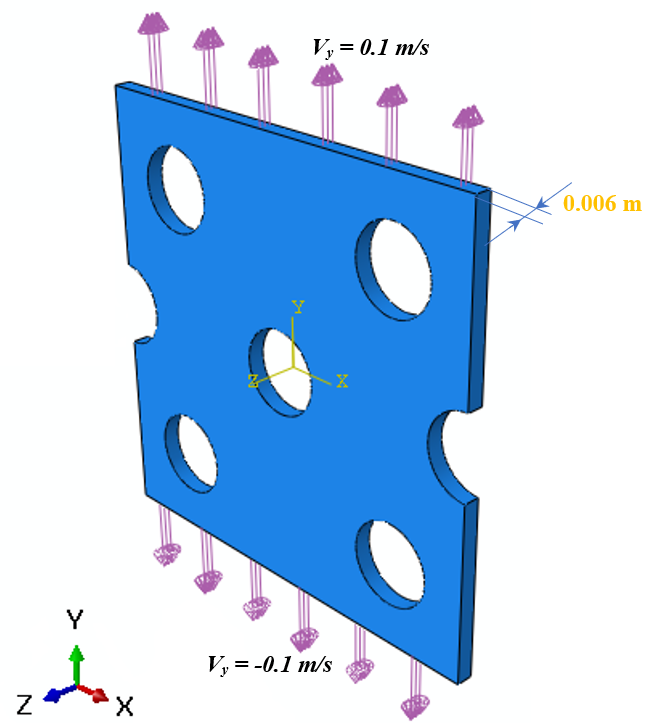
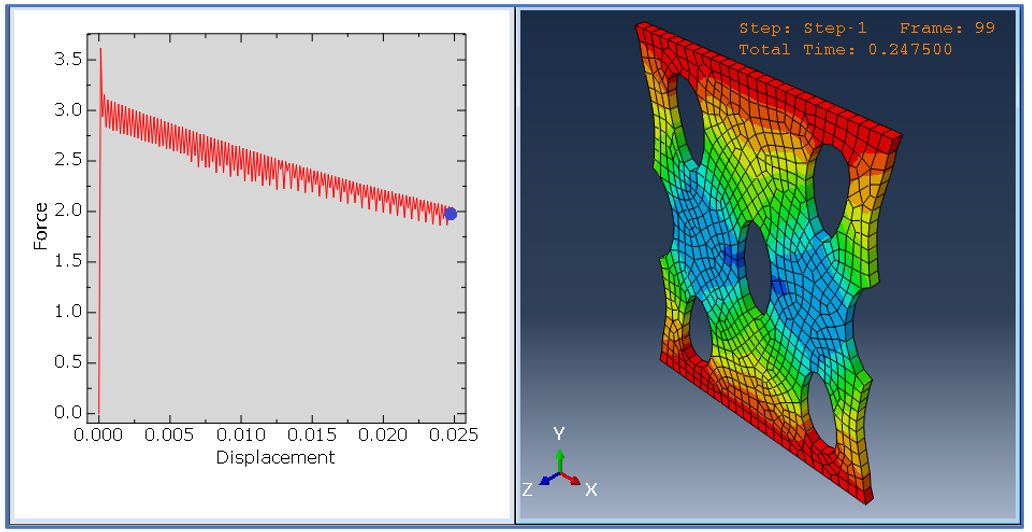
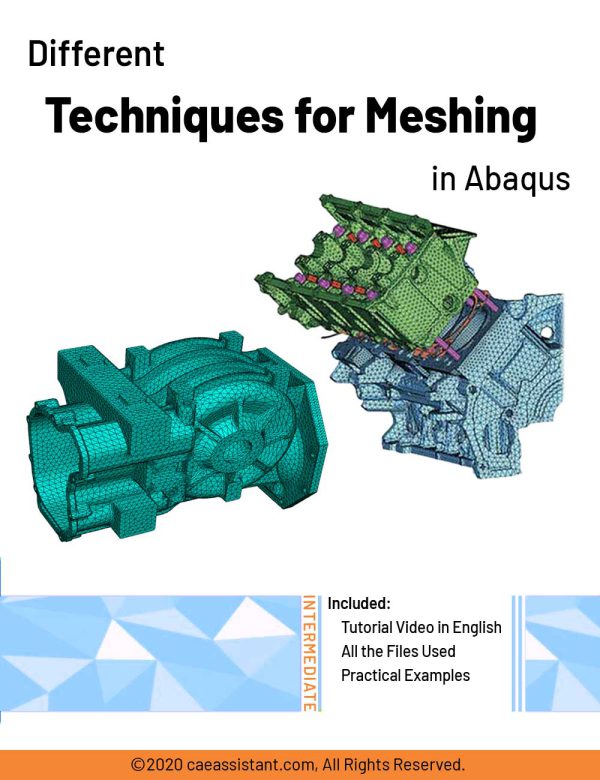
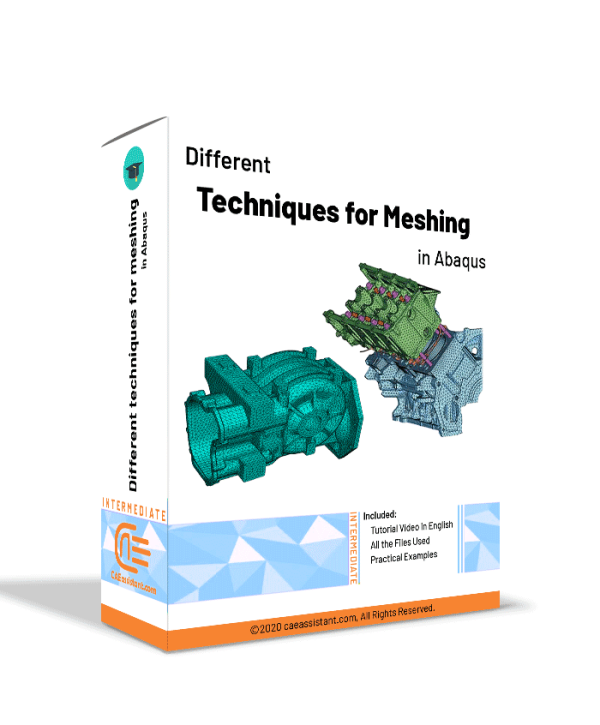
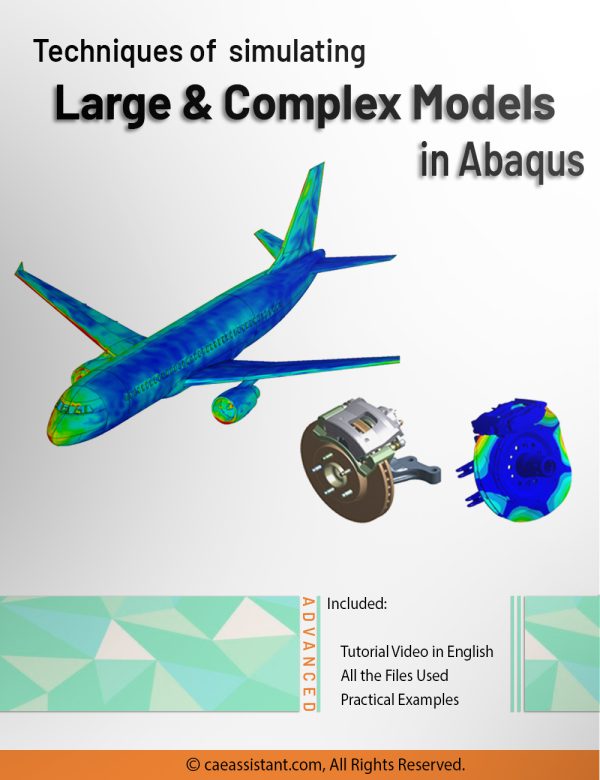
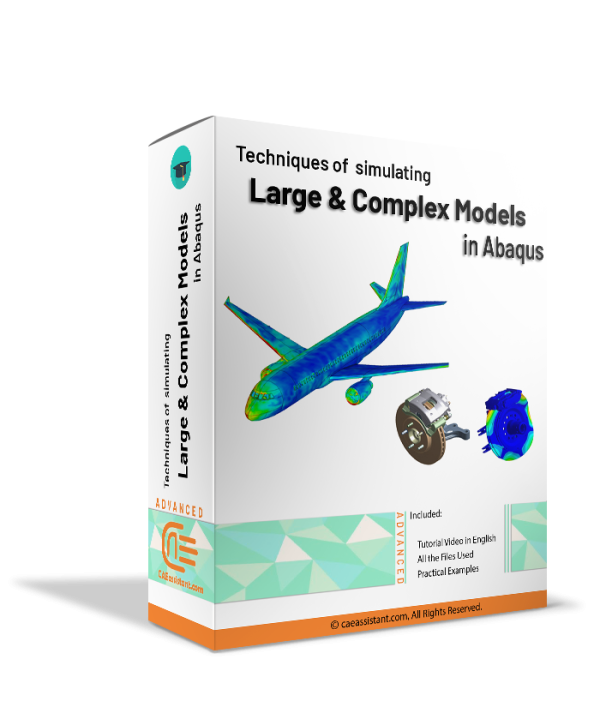
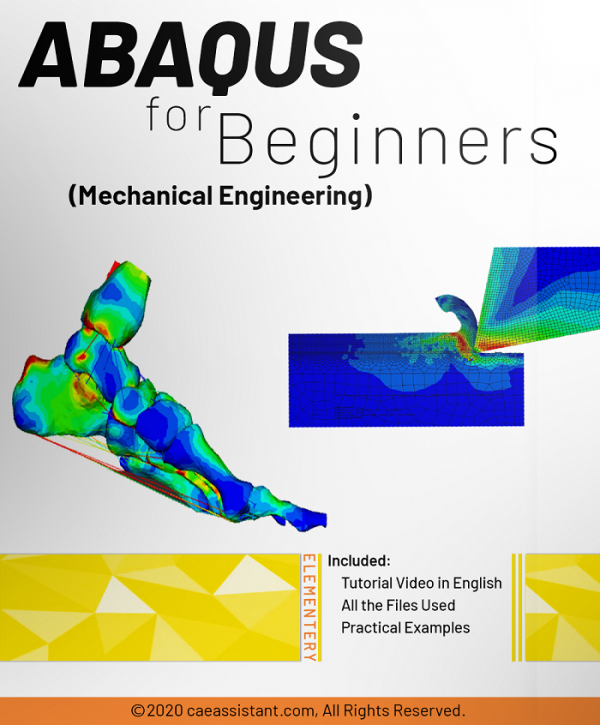
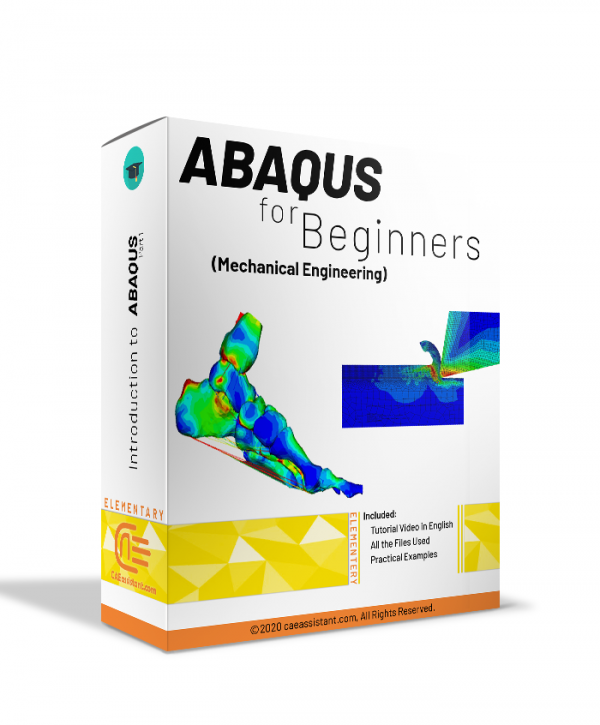
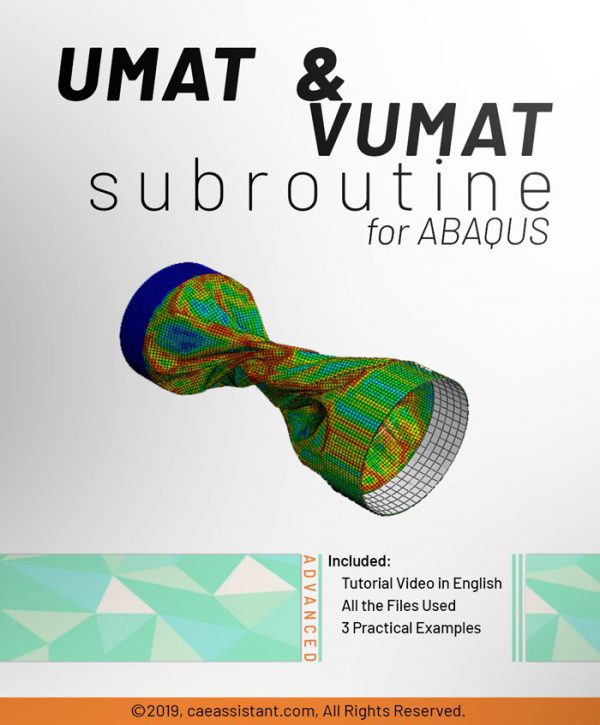
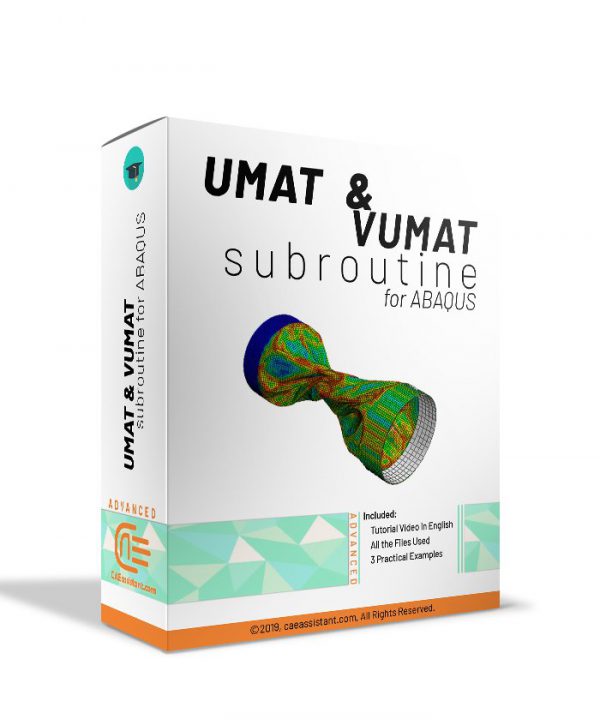
Vaiva –
Since I started using this package, the speed of my simulations has drastically improved, and I’m getting more accurate results. Before using this package, I spent a lot of time searching for and testing various codes for implementing viscoelastic models. But with this package, everything became much simpler.
The UMAT code is clean and well-organized, and the documentation is excellent. I was able to implement the Kelvin-Voigt model in my projects without any trouble.
Žygimantas –
This package was exactly what I needed for simulating viscoelastic materials in Abaqus.
From implementing the Kelvin-Voigt model to analyzing results and the UMAT code is easy to follow. I was able to quickly implement the model and get accurate results.
Arminas –
The UMAT code is clear and easy to use. I also had some questions along the way, and the support team was very responsive and helpful.
Vaidotas –
I purchased this package as a simulation engineer at an industrial company, and I am really satisfied with it. Using the Kelvin-Voigt model for simulating viscoelastic behavior was crucial for our projects, and this package fully met our needs.
The UMAT code is clear and well-documented, and we’ve been able to implement the Kelvin-Voigt model in various projects without any issues.
Audrius –
This package made simulating viscoelastic materials with the Kelvin-Voigt model incredibly easy. The code provided was precise and well-organized, and the documentation was excellent. I was able to get results quickly and accurately.
The package is a great resource for anyone looking to simulate viscoelastic behavior. It’s highly effective for both research and industrial applications.
Eivydas –
This package was exactly what I needed. Simulating viscoelastic materials in Abaqus had always been challenging for me, but this package addressed all the issues I faced. Each step is clearly explained, and the UMAT code is professionally written.